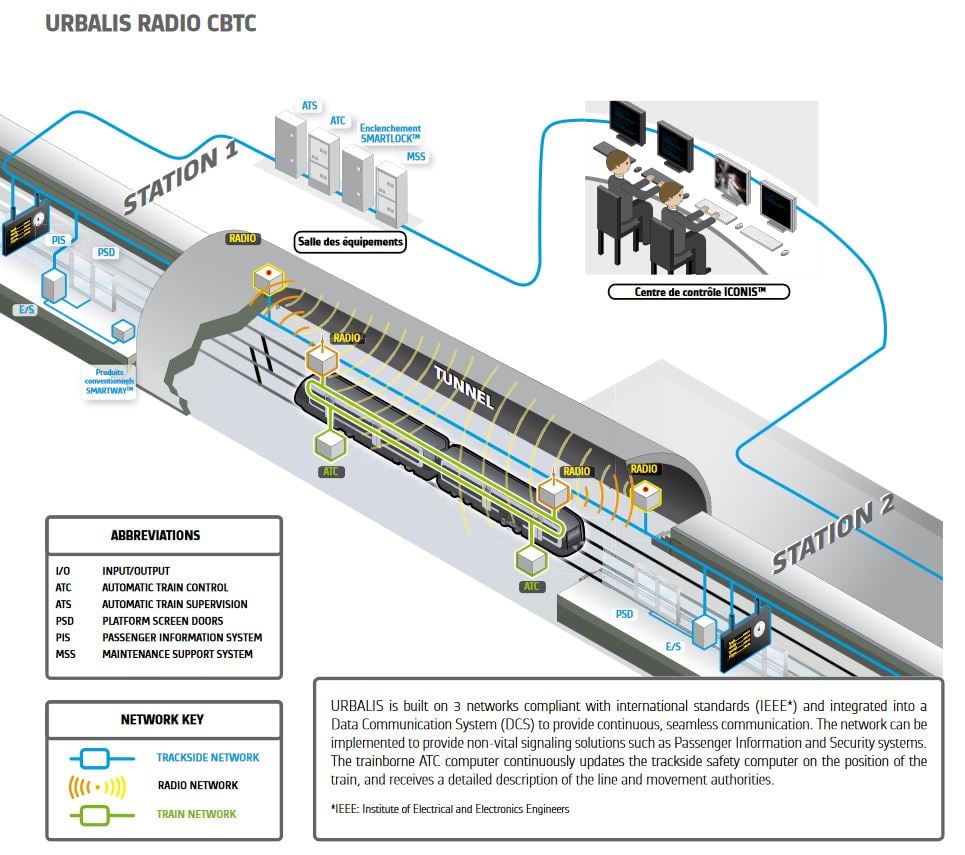This article goes over the basics of the humble common mode choke and its applications.
A
choke is a power magnetics component which is used in electronic
circuits. It is an inductor that is utilized to block high-frequency,
alternating current (AC) in a circuit while allowing lower frequencies,
or direct current (DC), through. The choke normally consists of
insulated wire that is wound around a magnetic core.
A choke with two 47 milliHenry (mH) windings rated for 0.6 Amps
There are two different types of chokes: audio frequency chokes (AFC) and radio frequency chokes (RFC). AFCs are engineered to specifically block audio and power line frequencies while allowing DC to pass through. On the other hand, RFCs are engineered to block only radio frequencies while allowing DC and audio to pass through.
Common mode chokes are useful for the prevention of electromagnetic interference (EMI) and radio frequency interface (RFI) from power supply lines and for preventing electronic equipment from malfunctioning.

The PA441xNL common mode choke. Image courtesy of Pulse Electronics
Applications of Common Mode Chokes
So now that you know what a choke is, a few applications will be explained for a better understanding. Looking at the automotive side, Controller Area Network (CAN) buses utilize common mode chokes. A CAN bus is a device that allows microcontrollers and other devices to communicate with one another without a host computer. When designing a CAN system, there are numerous EMI (electromagnetic interference) and ESD (electrostatic discharge) standards to meet as well as trying to increase reliability and decreasing the size of the product. The common mode choke can provide protection to the bus from EMI and ESD interferences.If you look at many of your USB cables laying around, you will see a choke towards the pins of the connector of the cable. This choke is used to suppress high-frequency noise in electronic circuits. This type of choke is called a ferrite choke or ferrite bead. The common mode chokes can be used in various industries such as industrial, electronic, and telecommunication applications such as IEEE1394 lines for PCs, panel link for LCD panels, and countering common mode noise affecting signals in high-speed lines.
A real life example of how a choke could help prevent accidents or shut downs is the Circle Line in Singapore. There was a major disruption on the line causing a giant delay, the Land Transport Authority (LTA) told the telecommunications company to disable the mobile network access along the line for a few hours so they could determine the root of the signal interference. SMRT currently runs the network throughout the rail line and told commuters that they would be experiencing train delays. The driverless trains would now have to be manned by an operator to prevent any further delays.
So the question is what happened to this rail system and how can SMRT and LTA get to the root of the problem and prevent further occurrences of delays.
The Circle Line uses Alstom Metropolis C830 trains that use Urbalis communication-based train control (CBTC), which is powered by a third rail rather than being powered by an overhead source. This CBTC system on the trains provides a precise and smooth operation of movement of their trains throughout the line, which ultimately allows for trains to operate for longer periods of time and speed with or without an operator. As far as RF technology goes, the trains use a robust IEEE 802.11b/g standard operating in the 2.4 GHz as well as the 5.8GHz band range.
As of September 3rd, SMRT and LTA proposed that there was a signal interference in the Circle Line Tunnel that was within the same operating frequency range as the trains' signaling system, which would be the root of the problem. This interfering signal could have possibly disconnected the communications between the train and the track. Below is an illustration of how the Urbalis radio CBTC system works.
Urbalis radio CBTC system by Alstom. Image courtesy of Alstom. Click to enlarge.
In 2012, the Shenzhen metro disconnected mobile signals to test a similar case in their lines that were experiencing related issues. They concluded that mobile Wi-Fi hotspots operating on t he 2.4GHz bandwidth were interfering with the lines signals.
Through the Circle Line's use of electromagnetic shielding, the trains are exposed to less interference, which ultimately will reduce the possibility of further problems. SMRT and LTA have said that there is a possibility of changing the system's signal frequency to prevent more signal interference.
EMI and ESD are major concerns in today's interconnected world. The humble choke is important for reliable function of RF equipment.







No comments:
Post a Comment